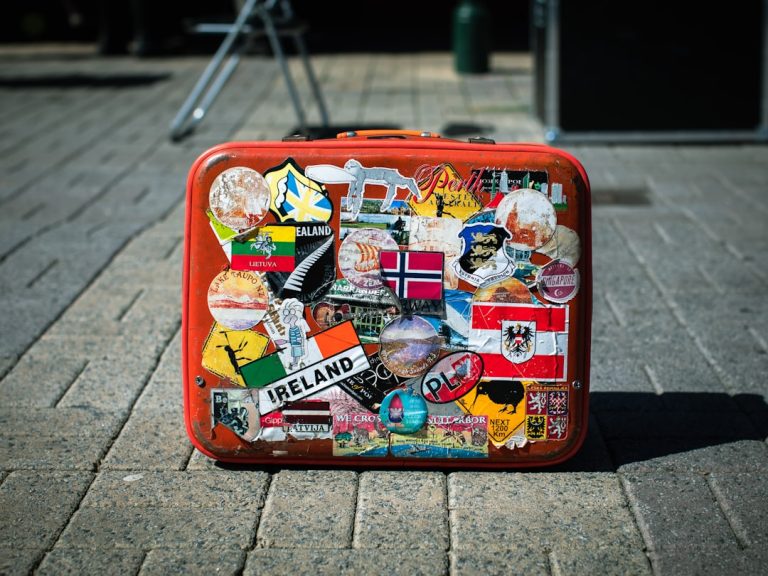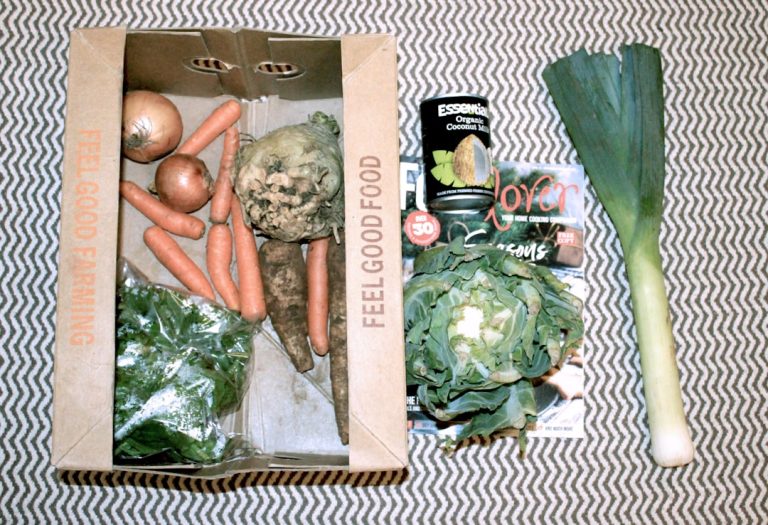How I Organize My Recycling Bins for Maximum Efficiency.
How I Organize My Recycling Bins for Maximum Efficiency
For years, my recycling efforts felt more like a chaotic jumble than a streamlined system. Bags piled up, bins overflowed, and the daily act of sorting felt like a chore. I knew I wanted to do my part for the planet, but my haphazard approach was anything but efficient. That’s when I decided to overhaul my entire recycling setup, transforming it from a source of stress into a seamless, almost automatic process. This isn’t just about throwing things into different bins; it’s about a methodical approach that maximizes what gets recycled while minimizing effort, mess, and mental load. If you’re tired of recycling chaos and ready to embrace a truly efficient system, let me walk you through exactly how I organized my recycling bins for maximum efficiency – and how you can adapt these strategies for your own home.
From Clutter to Clarity: My Foundational Recycling Philosophy
Before I even thought about buying new bins or sticking on labels, I had to shift my mindset. My old approach was reactive; I’d deal with recycling when the bin was full. My new philosophy is proactive and rooted in a few core principles that guide every decision I make about my recycling setup:
- Know Your Local Rules Inside Out: This is non-negotiable. What’s recyclable in one municipality might be trash in another. I spent time on my local waste management website, printed out their guidelines, and even called them with specific questions. Understanding the “what” and “how” of my local curbside pickup (and drop-off centers for less common items) is the bedrock of my efficient system. Without this clarity, all other efforts are wasted.
- Reduce First, Recycle Second: True efficiency starts before an item even enters a recycling bin. My primary goal is always to reduce consumption, reuse what I can, and then, as a last resort, recycle responsibly. This mindset helps cut down on the sheer volume of material I need to manage.
- Simplicity is Key: An overly complex system breeds frustration and non-compliance. My aim was to create a system so intuitive that anyone in my household could use it correctly with minimal thought.
- Accessibility and Flow: Recycling shouldn’t feel like an obstacle course. I wanted my bins to be where they were needed most, making the act of recycling as easy as tossing something in the trash.
Embracing these principles allowed me to see my recycling challenge not as a chore, but as an opportunity to create a sustainable habit that truly works for my home.
Crafting My Multi-Tiered System: Bin Selection and Strategic Grouping
Once my philosophy was solid, I moved on to the physical setup. This involved choosing the right containers and deciding on a logical grouping strategy that aligns with my local recycling rules. My system is multi-tiered, meaning I have different stages of collection from immediate disposal to long-term storage.
Phase 1: The Immediate & Convenient Kitchen Hub
The kitchen is where most recyclables originate, so this is my primary sorting station. I needed something compact, aesthetically pleasing, and highly functional. I opted for a sleek, dual-compartment bin that fits neatly under my kitchen counter. One side is dedicated to mixed paper and cardboard (cereal boxes, mail, clean pizza boxes), and the other to mixed containers (plastics #1-7, glass bottles/jars, metal cans). This initial split is crucial because these are the most common items generated daily.
- Material: I chose stainless steel bins with foot pedals. They’re durable, easy to clean, and the foot pedal ensures hands-free operation, which is hygienic.
- Size: Large enough to hold a few days’ worth of items without overflowing, but not so large that they become a breeding ground for odors before being emptied.
- Liners: I use compostable liners for the ‘mixed containers’ side to manage any residue, even though most items are rinsed. This keeps the bins themselves cleaner.
Phase 2: The Garage Consolidation Zone
My kitchen bins are emptied regularly into larger, designated bins in my garage. This is where the true “multi-tiered” aspect comes into play and where my efficiency really shines for curbside pickup. I have three larger, clearly labeled bins:

- Paper & Cardboard: A large, lidded bin for flattened cardboard boxes, newspapers, magazines, and other paper products. Keeping it dry and contained prevents mess and makes it easy to transport.
- Plastics & Metals: Another large, lidded bin for all rinsed plastic containers (bottles, jugs, tubs) and metal cans. Lids are vital to prevent pests and contain any lingering odors.
- Glass: A separate, sturdy bin for glass bottles and jars, sorted by color if my local facility requires it (mine doesn’t, thankfully). This prevents breakage and makes it safer to handle.
This garage zone acts as a staging area. Items are pre-sorted from the kitchen, making the final transfer to the curbside bins incredibly quick and straightforward on collection day. It’s about minimizing the number of times I have to handle each item.
The Art of Placement: Optimizing Flow from Kitchen to Curb
Where you place your bins is just as important as what kind of bins you choose. My goal was to create a logical “recycling pathway” that minimizes effort and maximizes compliance. It’s all about making the path of least resistance the path to the recycling bin.
Kitchen: Point of Origin Convenience
As mentioned, my primary dual-compartment bin lives under the kitchen sink. This is deliberate. It’s the most common spot for waste generation, so having recycling immediately accessible means less temptation to toss recyclables into the general trash. It’s also close to the sink, making rinsing quick and easy.
Bathroom & Home Office: Satellite Bins for Specifics
I don’t have large recycling bins in every room, but I do have small, discreet bins in strategic locations:
- Bathroom: A small, clearly labeled bin for empty shampoo bottles, toilet paper rolls, and other bathroom-specific recyclables. This prevents these items from mistakenly ending up in the general bathroom trash.
- Home Office: A small paper-only bin next to my desk. This catches envelopes, junk mail, and other paper waste generated during work hours.
These smaller bins are emptied into the main kitchen hub every few days, preventing them from becoming full or forgotten. This satellite system ensures that recyclables are captured at their source, rather than migrating to the trash bin out of convenience.
Garage: The Final Staging Post
My larger consolidation bins are placed near the garage door. This makes it incredibly easy to transfer items from the kitchen bins and then, on collection day, to roll the curbside bins out. There’s no awkward maneuvering or long treks across the yard. This direct pathway is a huge efficiency booster, especially on busy mornings.
Beyond the Basics: My Secret Weapons for Sustained Efficiency
An efficient system isn’t just about the initial setup; it’s about maintaining it. I’ve incorporated several practices that keep my system running smoothly and prevent common recycling pitfalls.
Clear, Unambiguous Labeling
This might seem obvious, but truly clear and consistent labeling is a game-changer. I used a label maker to create large, easy-to-read labels for every bin: “Paper & Cardboard,” “Plastics & Metals,” “Glass.” For the kitchen bin, I even included small icons to quickly identify common items. This eliminates guesswork, especially for guests or new household members, and significantly reduces “wishcycling” – the act of putting non-recyclable items into the recycling bin hoping they’ll be processed.
Rinse and Dry: The Golden Rule
To prevent odors and contamination, I make sure all containers are rinsed thoroughly before going into the bin. For items like yogurt cups or peanut butter jars, a quick rinse under the tap is usually sufficient. For glass bottles, I often let them air dry upside down before tossing them into the garage bin. This might seem like an extra step, but it drastically improves the quality of my recyclables and keeps my bins clean and odor-free, which is essential for indoor storage.
Scheduled Emptying and Cleaning
Efficiency also means preventing problems before they start. My kitchen bins are emptied into the garage bins every 2-3 days, preventing overflow and






